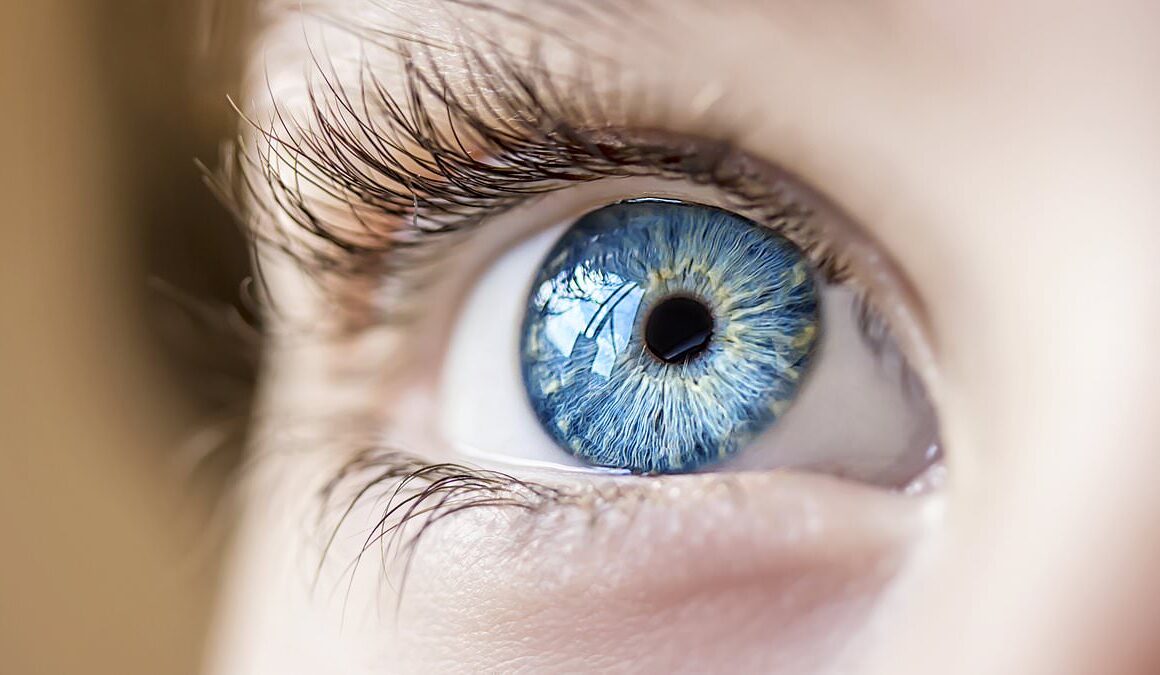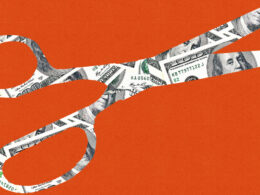QUESTION: Most of us have Demodex mites living in or near our eyelash follicles. How did we come to acquire them?
Demodex mites are tiny eight-legged parasites that mostly live in the hair follicles and oil glands on your face, especially around your eyelashes, cheeks, forehead and nose.
They feed on dead skin cells and sebum, a protective oily substance that is produced by sebaceous glands inside the pores, near the bottom of your hair follicles.
Humans typically acquire Demodex mites, specifically Demodex folliculorum and Demodex brevis, through close physical contact with other humans.
The mites are usually harmless and are a natural part of the human skin microbiome. Occasionally they multiply excessively, leading to a disease called demodicosis which can cause a red or white sheen to form on the skin. It’s often associated with a damaged immune system.
Alison Dale, Poole, Dorset

Demodex mites, specifically Demodex folliculorum and Demodex brevis are typically acquired through close physical contact with other humans (file photo)

Demodex mites are tiny eight-legged parasites that feed on dead skin cells and sebum (file photo)
QUESTION: What do economists mean by ‘sticky’ information and ‘sticky’ prices?
Sticky prices, also known as nominal rigidity, refers to the phenomenon where prices and wages are slow to adjust to changes in supply and demand.
An example is a restaurant menu: even if ingredient costs rise, the restaurant may delay changing its menu prices due to the risk of upsetting its customers and the cost of printing new menus.
Sticky information is a related term coined by economist Eric von Hippel in the 1990s. This refers to the delay in the dissemination and use of new information.
For example, a central bank announces a change in monetary policy, but there is a lag whereby businesses and consumers continue to make decisions based on the old policy, leading to a delay in the time it takes for the policy to affect the overall economy.
Paul Short, Wolverhampton
QUESTION: What are some of the national dishes of Europe?
Further to the earlier answer, we shouldn’t ignore our own national dishes: Scotland has haggis; Wales has cawl, a stew of seasonal meat and vegetables; and Northern Ireland has Ulster Fry – bacon, sausage, black pudding, eggs, soda bread and fried potato bread.
England doesn’t have an official national dish. There’s a case for fish and chips… however, most people I talk to would say roast beef and Yorkshire pudding.
Kev Stubbs, Draycott, Derbyshire







